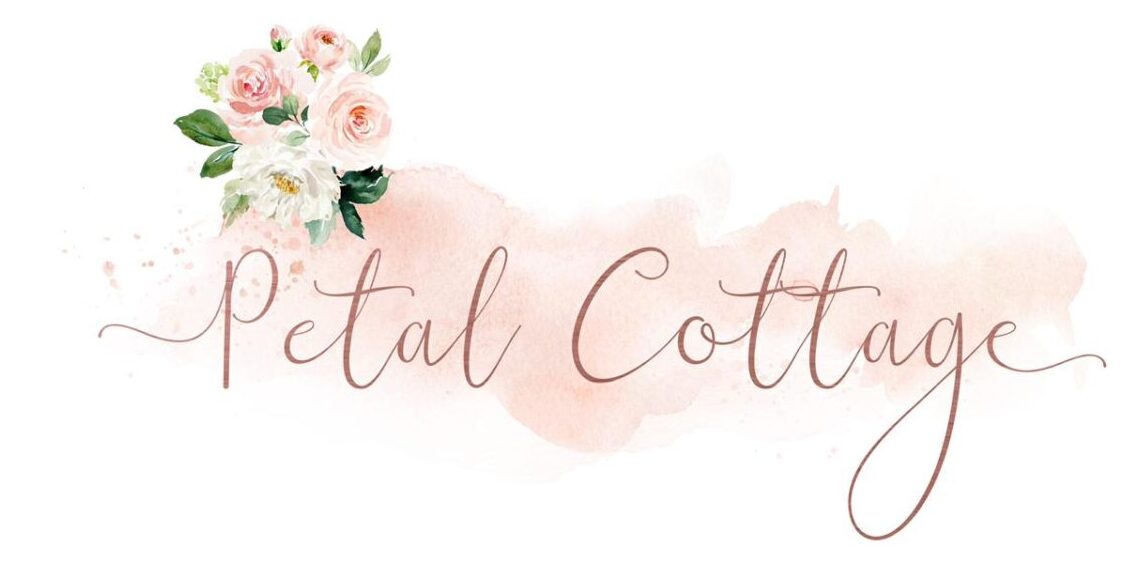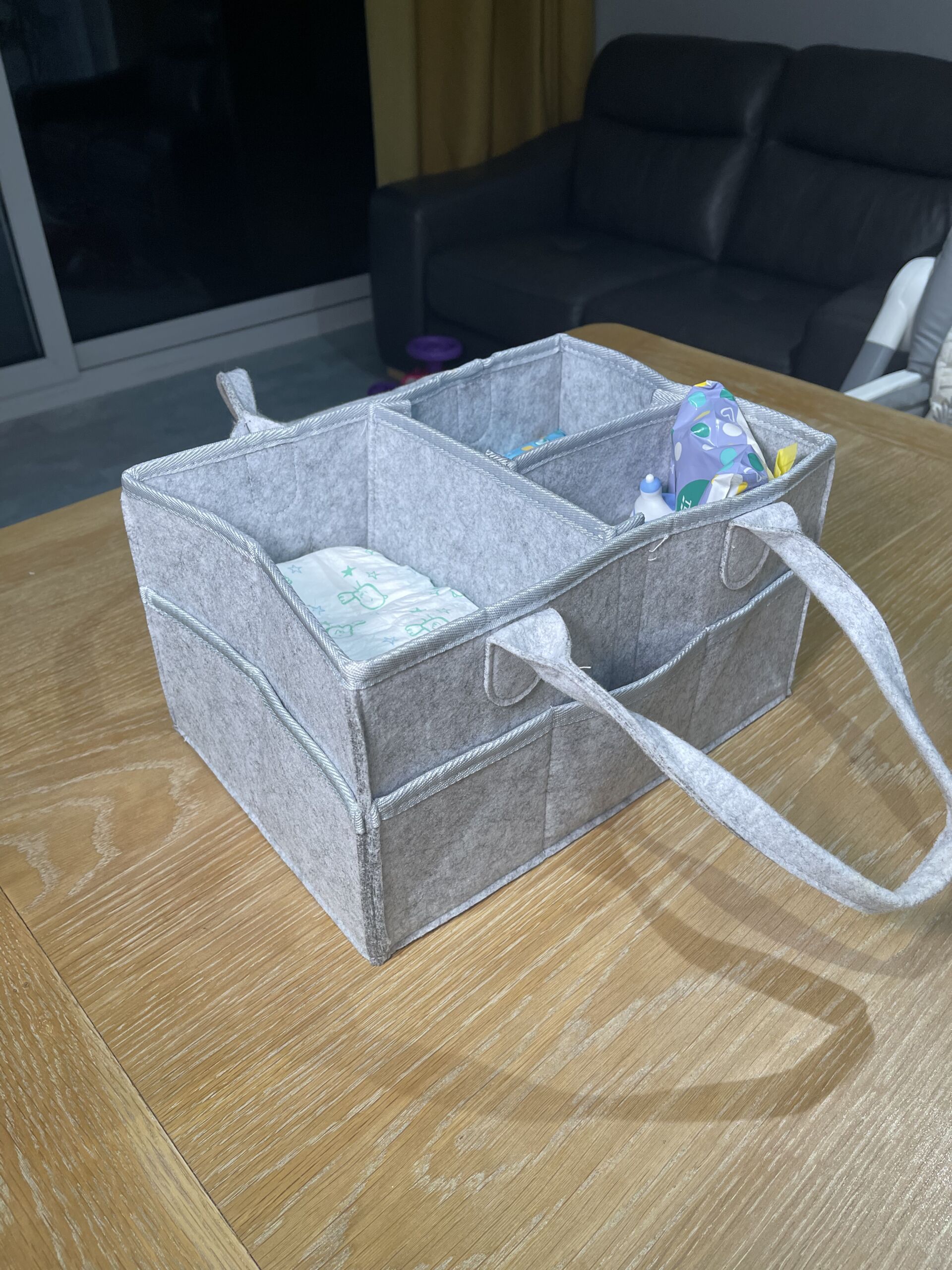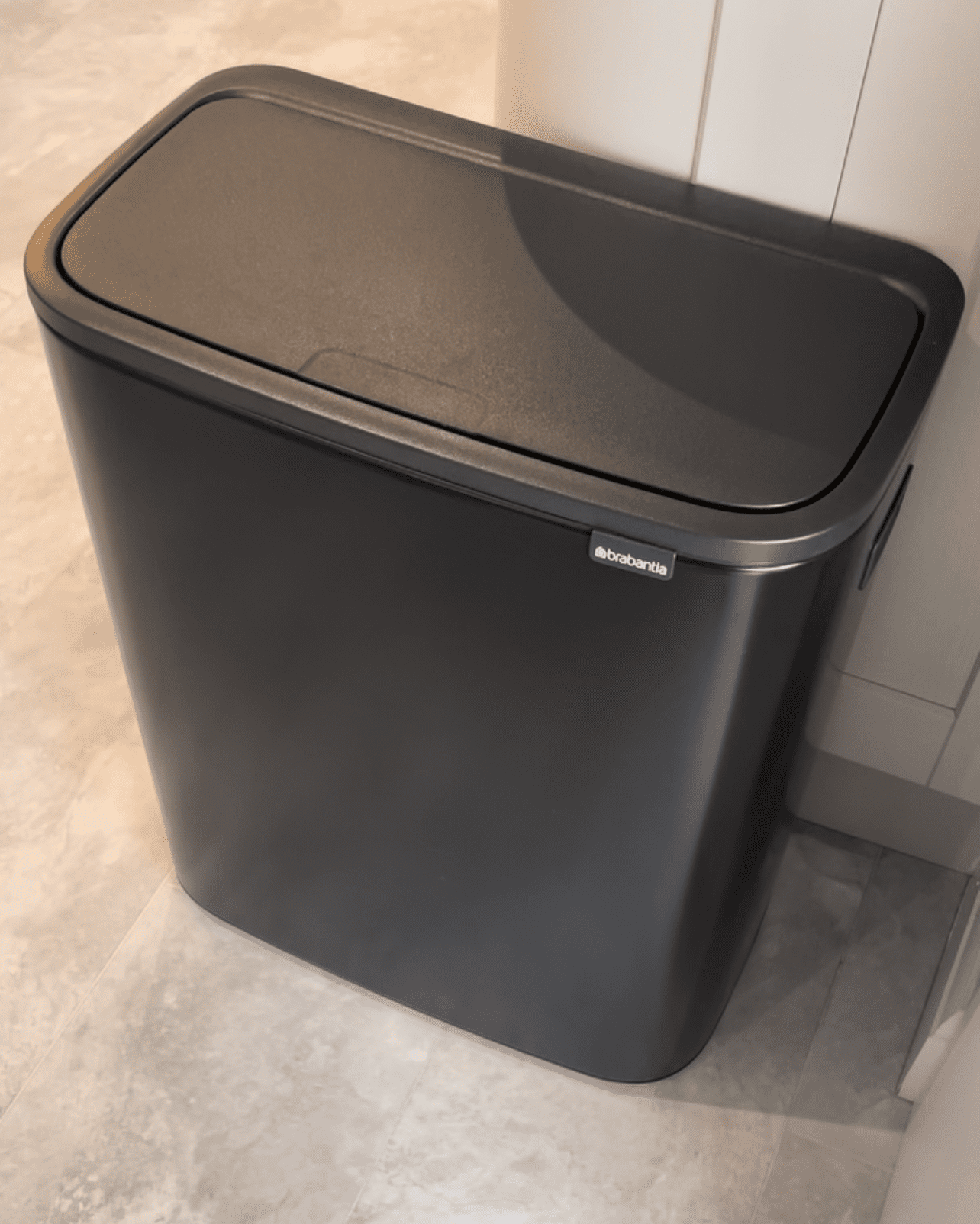How to Start a Blog in 2025 – A Beginner’s Guide to Blogging Success
Starting your own blog can feel overwhelming at first, but it can also turn out to be one of the most rewarding decisions you’ll ever make. Whether you want to share your passions, build an online presence, or even generate income, blogging is an exciting journey.
We started Petal Cottage a few years back but didn’t do much with it until recently. When we finally decided to take it seriously, we realised that the process of setting up a blog was much simpler than we initially thought. So, we decided to share our experience to help others navigate the process easily.
This guide will walk you through the essential steps of starting a blog, from choosing a hosting service and domain name to setting up WordPress, designing your site, and optimising it for success.
This post contains affiliate links, which means that I may receive a commission if you make a purchase using these links. As an Amazon Associate I earn from qualifying purchases.
1. Choosing a Hosting Provider and Domain Name
The first step in launching a blog is selecting a hosting provider and a domain name. Your domain is your blog’s address on the internet (e.g., www.petalcottage.com), and your hosting service is where your blog’s files and data are stored.
Why We Chose GoDaddy
We opted for GoDaddy as our hosting provider because:
- It has a user-friendly interface that makes setting up a blog straightforward.
- Its pricing is competitive, which is ideal for beginners.
- The customer support is reliable, and they offer 24/7 assistance.
- Some plans include a free domain name, which is an excellent bonus.
Since we were just starting, we chose the cheapest hosting package. There’s no need to invest in an expensive plan upfront because traffic to a new blog typically grows slowly. The good news is that upgrading your plan later is easy when needed.
Setting Up WordPress with GoDaddy
Once you purchase a hosting package, GoDaddy guides you through installing WordPress, which is one of the most popular blogging platforms in the world. This process takes only 5-10 minutes, and once completed, your blog is officially online.
@petal.cottage How we started our blog 💻✍️#blog #bloggingtips #contentcreator
2. Choosing a WordPress Theme
After setting up WordPress, the next step is designing your blog’s look and feel. WordPress offers thousands of themes, both free and premium, that you can use to create a professional and visually appealing website.
Free vs. Premium Themes
- Free Themes: Perfect for beginners who are on a budget. They offer basic customization but might lack certain features.
- Premium Themes: These come with advanced features, better support, and more design flexibility.
We opted for the Avada theme, a popular premium choice because:
- It has excellent reviews and is well-supported.
- The design options are vast, allowing us to customize our site exactly how we wanted.
- It is future-proof, meaning we won’t need to switch themes as our blog grows.
If you’re on a budget, you can always start with a free theme and upgrade later.
3. Designing and Styling Your Blog
The design and layout of your blog are crucial because they affect the first impression visitors have of your site. A well-designed blog is more likely to keep readers engaged and encourage them to explore further.
Key Design Elements to Consider
- Branding & Logo
- We had our logo professionally designed, but you can create one yourself using AI-powered tools like Canva or Looka.
- If hiring a designer is out of budget, consider using Fiverr or 99designs for affordable options.
- Navigation & Layout
- Make sure your site is easy to navigate.
- Use a simple menu with clear categories.
- Keep the design clean and uncluttered to enhance readability.
- Colors & Typography
- Stick to two or three colors that represent your brand.
- Use readable fonts and maintain consistency across the site.
- Content Structure for Your Blog Posts and Blog Writing
- Break up text into short paragraphs.
- Use headers, bullet points, and images to make the content more engaging.
A Common Mistake to Avoid
We spent too much time perfecting the design before launching. In hindsight, we should have launched earlier with a simpler layout and refined the design over time. Getting your blog live quickly helps with Google indexing, which is crucial for ranking in search results.
4. Setting Up Essential Tools for Analytics and Performance
To track your blog’s performance and improve its visibility, it’s essential to set up Google Analytics and Google Search Console (formerly Webmaster Tools).
Google Analytics
- Helps you understand who your visitors are, where they come from, and what content they engage with.
- Provides real-time data on your blog’s traffic and engagement levels.
Google Search Console
- Alerts you to any issues that may affect your blog’s search rankings.
- Shows which keywords bring visitors to your site.
- Helps you track your site’s performance on Google.
Additional Tools We Recommend
- MonsterInsights – A WordPress plugin that makes adding Google Analytics to your site simple.
- Ahrefs Site Audit (link) – A free tool that performs monthly site crawls and emails you with any technical issues.
“Content precedes design. Design in the absence of content is not design; it’s decoration.”
5. Blog Writing & Publishing Your First Blog Post
With your blog set up, it’s time to start publishing content. Your first blog post is an important step in setting the tone for your website.
Tips for Blog Writing and Your First Post
- Introduce yourself – Share your background and what inspired you to start blogging.
- Explain your blog’s purpose – Let readers know what kind of content they can expect.
- Write in a friendly and conversational tone – Blogging is all about connecting with your audience.
Content Strategy for Long-Term Growth
- Write consistently – Whether it’s once a week or twice a month, consistency is key to your blog posts success.
- Optimise Your Blog Post for SEO – Use keywords, internal links, and meta descriptions to improve your blog’s search ranking.
- Add high-quality images and videos – Blog posts with images and videos perform better and are more visually appealing.
6. Growing Your Blog with a Newsletter
Email marketing is one of the best ways to build a loyal audience and keep readers coming back to your blog.
Choosing an Email Marketing Platform
We chose BeeHiiv for our newsletter because:
- It has a feature-rich interface.
- There is a free tier for beginners.
- It comes highly recommended by other bloggers.
Other great options include Mailchimp, ConvertKit, and MailerLite.
7. Promoting Your Blog on Social Media
Once your blog is live, you’ll want to drive traffic to it. Social media is an excellent way to do this.
Best Platforms for Bloggers
- Instagram & Pinterest – Great for visually-driven content.
- Twitter – Perfect for networking with other bloggers.
- Facebook Groups – Help you connect with like-minded communities.
Promotion Tips
- Share each new blog post on social media.
- Engage with other bloggers by commenting on their posts.
- Use hashtags and keywords to increase visibility.

8. Monetising Your Blog
While blogging can be a hobby, it can also become a source of income. Here are some ways to monetise your blog:
- Affiliate Marketing – Promote products and earn a commission for each sale made through your referral link.
- Sponsored Posts – Work with brands to create content that promotes their products.
- Ad Revenue – Sign up for Google AdSense or Mediavine to earn money from ads displayed on your site.
- Sell Your Own Products – Offer e-books, courses, or merchandise related to your niche.
Final Thoughts
Starting a blog is an exciting journey, and while it can feel overwhelming at first, the key is to take it one step at a time. Whether you’re blogging for fun or aiming to turn it into a business, consistency and patience are key.
If you have any questions, feel free to leave a comment below or connect with us on social media. Happy blogging! 🚀
Share this article
Written by : Petal Cottage
One Comment
Leave A Comment
Follow Our Socials
A quick overview of the topics covered in this article.
- 1. Choosing a Hosting Provider and Domain Name
- 2. Choosing a WordPress Theme
- 3. Designing and Styling Your Blog
- 4. Setting Up Essential Tools for Analytics and Performance
- “Content precedes design. Design in the absence of content is not design; it’s decoration.”
- 5. Blog Writing & Publishing Your First Blog Post
- 6. Growing Your Blog with a Newsletter
- 7. Promoting Your Blog on Social Media
- 8. Monetising Your Blog
- Final Thoughts




In response to your comprehensive guide on starting a blog in 2025, I
wanted to express my appreciation for the detailed steps and valuable insights you’ve shared.
As someone who’s been considering launching a blog for quite some time, your beginner’s
guide has been incredibly helpful.
I found the step-by-step process of choosing a hosting provider and domain name, setting up WordPress, and designing the blog layout to be particularly informative.
Your personal experience with GoDaddy, Avada theme, and the importance of branding and
user-friendly navigation has given me a clear understanding of how
to proceed.
The sections on analytics tools and content creation were
equally enlightening. I appreciate your emphasis on the significance of SEO, consistent content creation,
and the use of high-quality images and videos. Your advice on growing an audience through a newsletter and promoting on social media platforms is also noteworthy.
Lastly, your overview of various monetization strategies has opened my eyes to the potential of blogging as
a source of income. I’m excited to explore affiliate marketing,
sponsored posts, ad revenue, and even the possibility of selling my own products.
Thank you for sharing your journey and knowledge.
I look forward to implementing your tips and advice as I embark on my own blogging journey.
If you have any further suggestions or resources for new bloggers, I’d be grateful to
hear them.
Best regards,
Gregory